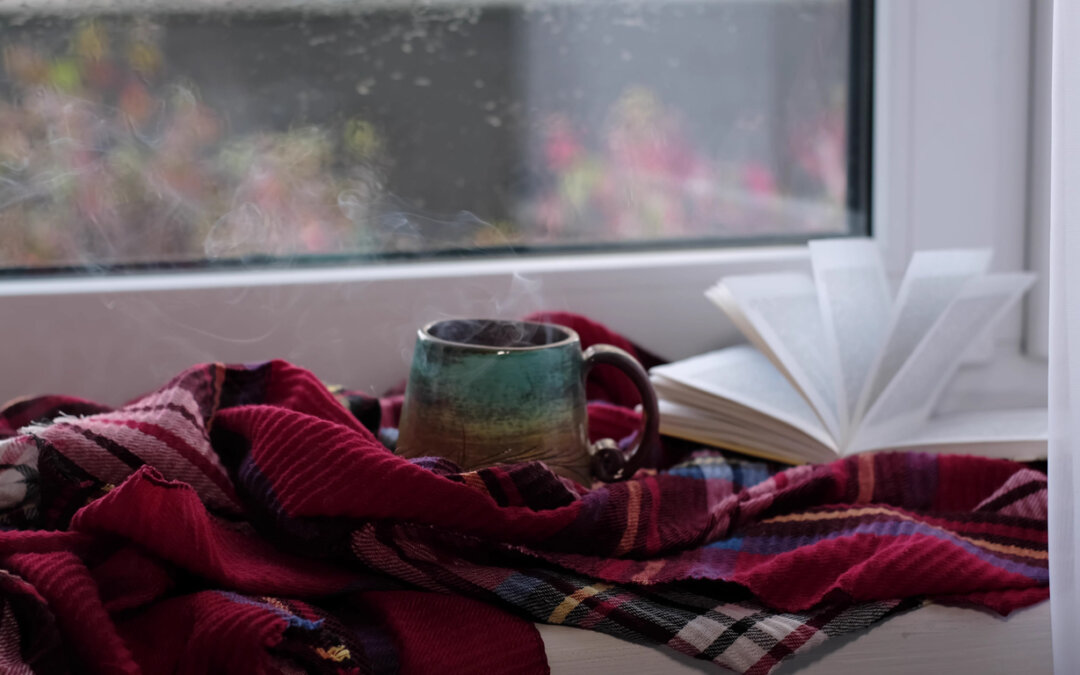
Blog

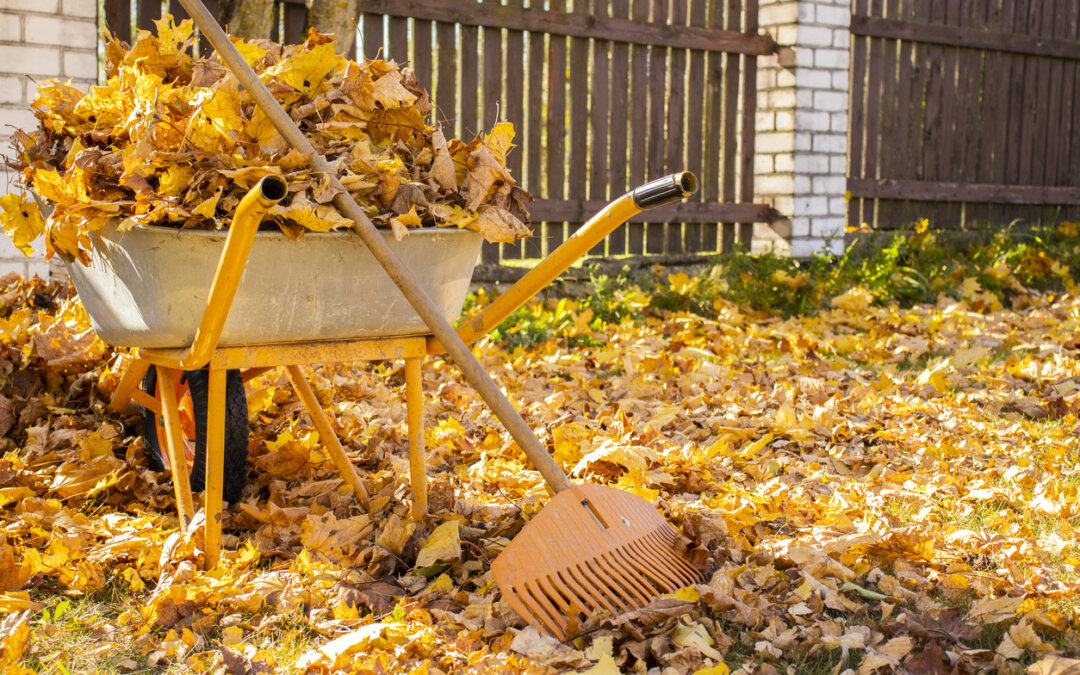
What should you do with your leaves?
This time of year, leaves are falling off the trees and piling up around your yard. What should you do with your leaves? Leave them in your garden beds A great strategy for garden beds is just to leave the leaves where they fall. They provide numerous benefits....
Help pollinators with food, water and shelter
Next week is National Pollinator Week, and June is National Pollinator Month. Both are annual celebrations of pollinator health. It is a time to raise awareness for pollinators and spread the word about what we can do to protect them. You can help pollinators in your...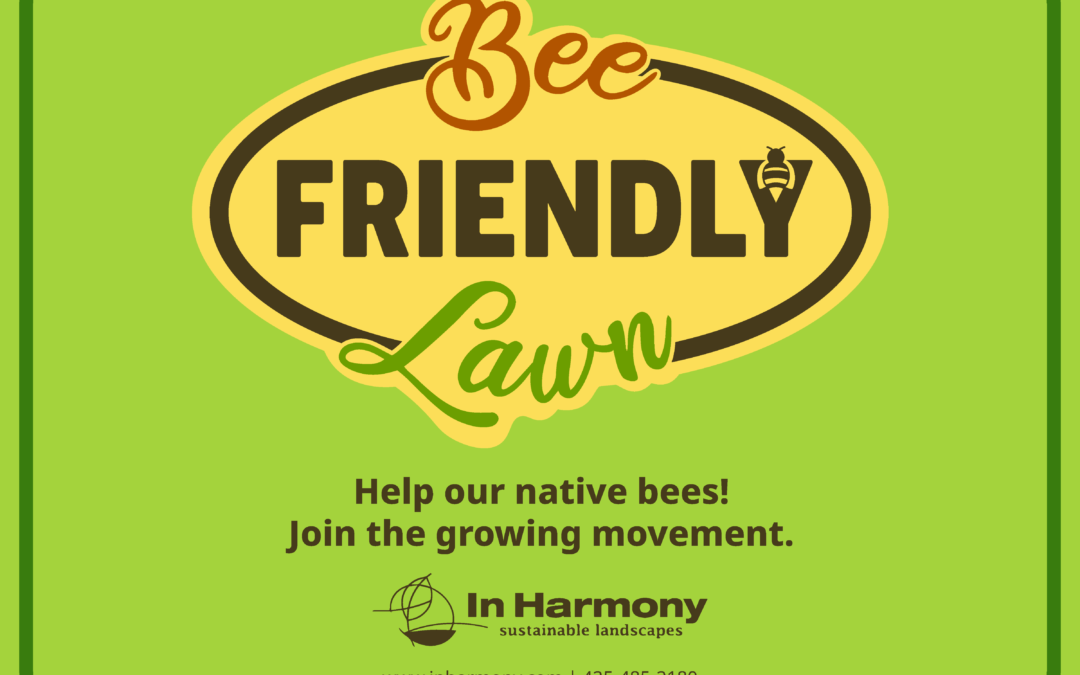
Celebrate Earth Month by growing a Bee Friendly Lawn
Earth Day was April 22, and April is Earth Month. Last week we suggested several ways to celebrate Earth Day, such as spending time outside and changing some of your daily choices. Here’s another great way to celebrate Earth Day and Earth Month: grow a Bee...
How to use mulch in your yard
Spring is a great time of year to add mulch to your landscape beds. Here are some tips on how to use mulch properly. Benefits of mulch Winter: Mulch insulates soil. This aids soil microorganisms and helps your plants survive cold temperatures. It also helps reduce...
Mason bees are gentle garden pollinators
Would you like more flowers and fruits in your yard? Think about adding mason bees. This is a great time of year to start. Mason bees are small, gentle, solitary bees. They are non-aggressive and low maintenance. Solitary bees don’t live in a hive. All the...
6 ways to help nature in your yard in 2023
Would you like to improve your yard’s contribution to helping birds, wildlife, pollinators and the planet in 2023? Here are a few steps you could take to help nature in your yard in 2023. Plant native plants and flowers “Native plants improve water...
Fall garden cleanup: do’s and don’ts
It’s autumn, and leaves are falling. You will have less work in your yard and garden next year if you take time this fall to do some cleanup. But you don’t want to clean up everything. A sanitized garden won’t provide food and shelter for birds and...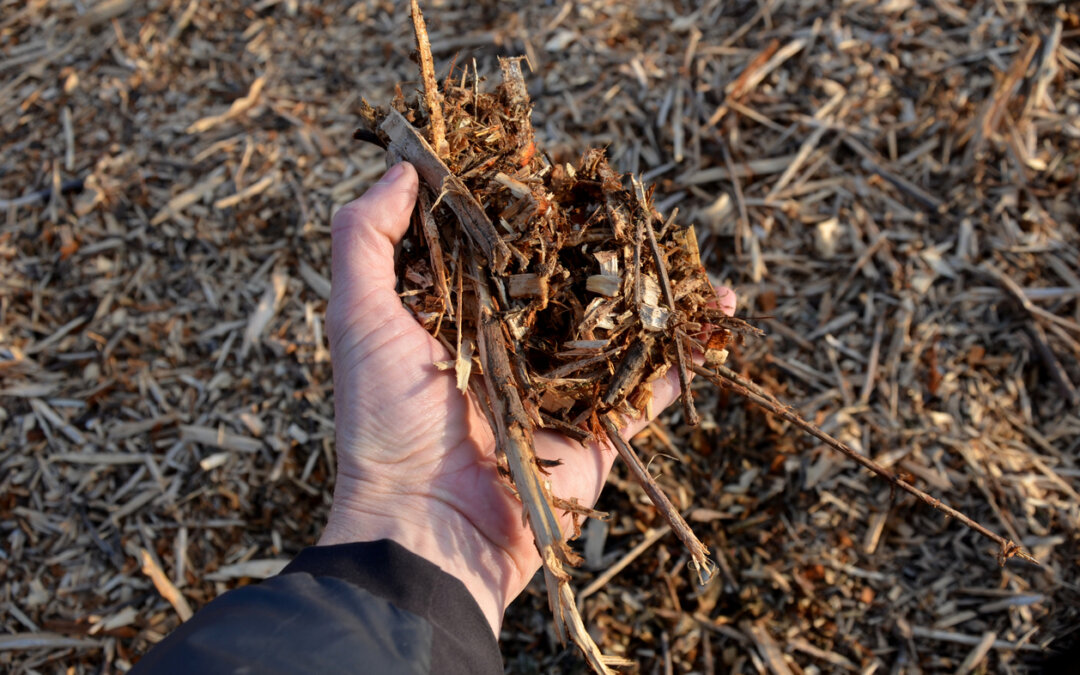
Pro tips on how to mulch
This is a great time of year to think about mulching your landscape. A recent article in the Seattle Times presents pro tips on how to mulch. Mulch your soil like nature does, says professional gardener Christina Pfeiffer. Think of your landscape like a woodland, with...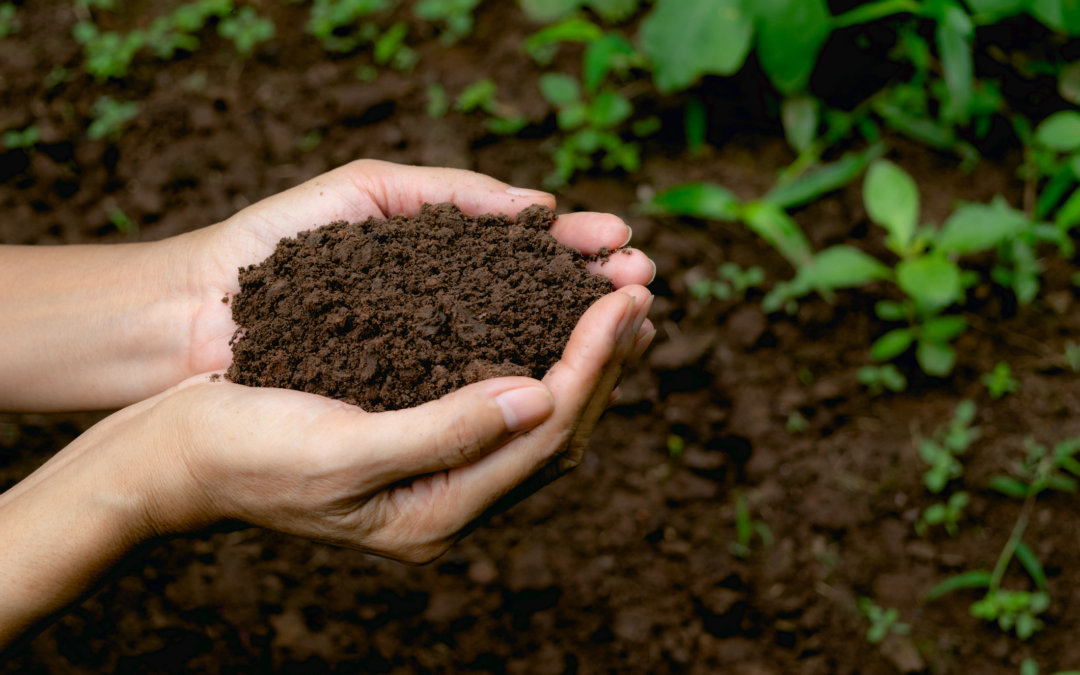
7 tips to build soil health
Our approach at In Harmony focuses on building healthy soil, which is vital for plant health. Healthy plants lead to a landscape that is sustainable and easier to maintain. A recent article in Fine Gardening has great tips for how to “Put the Life Back into Your...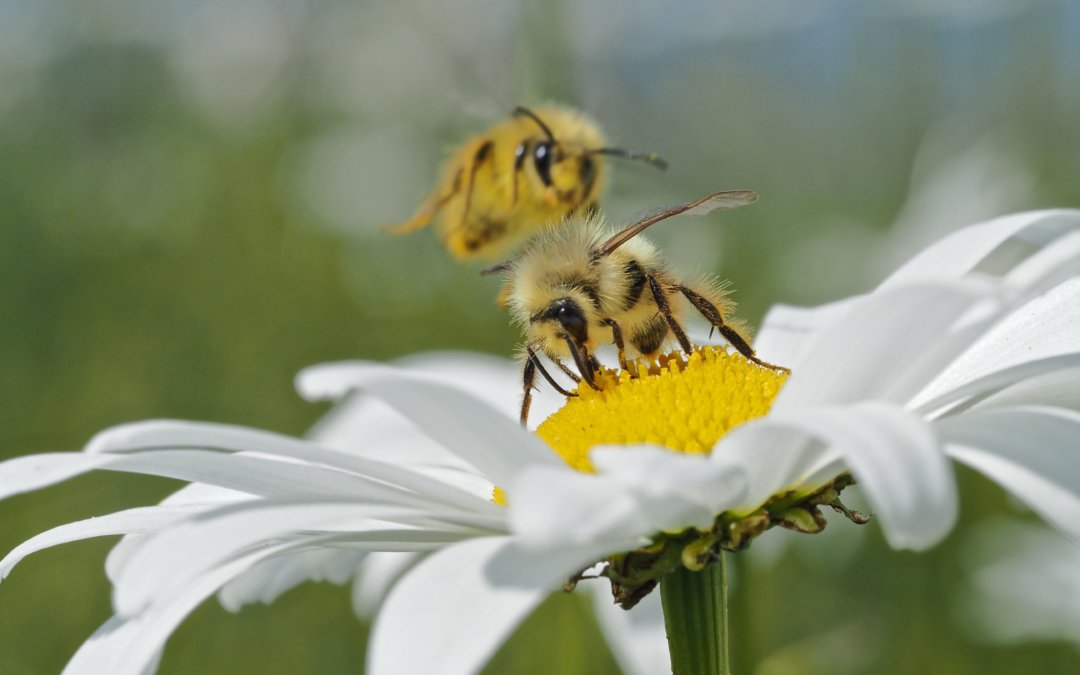
Celebrate National Pollinator Week by growing a Bee Friendly Lawn
June 20-26 is National Pollinator Week. The US Senate unanimously approved designating National Pollinator Week 14 years ago. Pollinator Week has grown into an international celebration. It promotes the valuable ecosystem services provided by bees, birds, butterflies,...
A Bee Friendly Lawn may be smaller
Consider downsizing your lawn and replacing it with a patio, trees and shrubs or a vegetable garden. Our native bees will thank you.
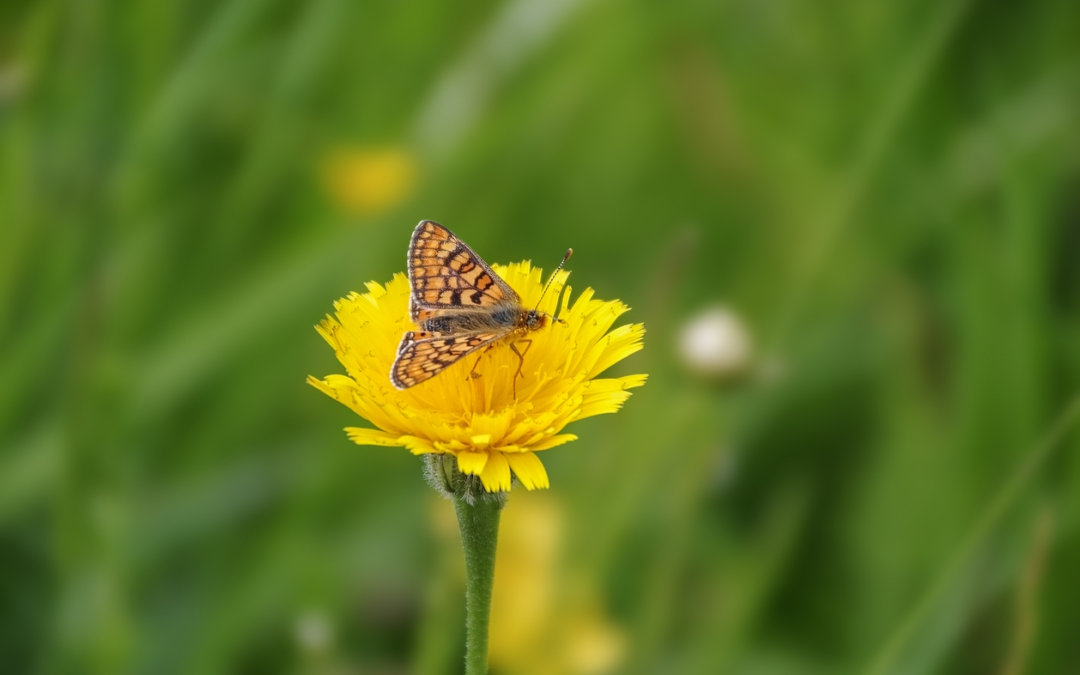
Flowering plants help make a Bee Friendly Lawn
Help save native bees by growing a bee friendly lawn. It’s as simple as understanding the benefits of natural growing weeds, like clovers and dandelions, to adding flowering plants to your lawn that attract bees and other pollinators.
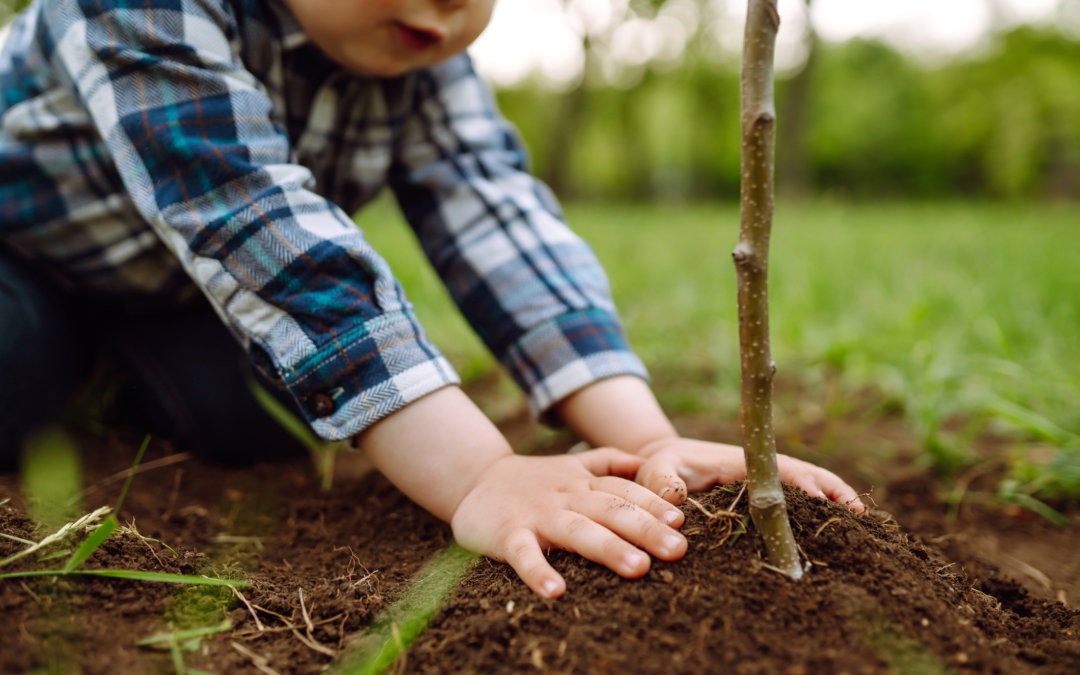
Plant a tree for Earth Day
Earth Day is April 22. Since 1970 this day has become an annual reminder that we should be good stewards of the earth. There are many ways we can help keep the earth healthy. Plant a garden and keep it green. Reduce or eliminate the use of chemicals such as...
